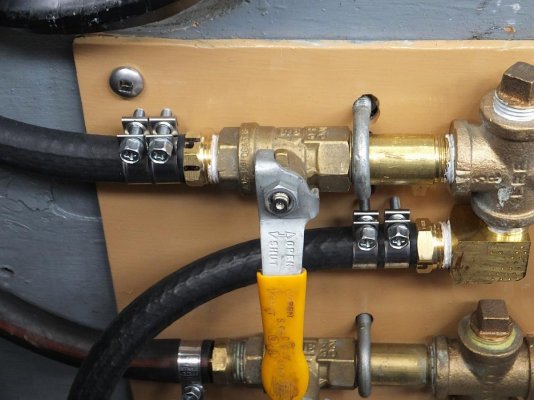Brisyboy
Senior Member
- Joined
- Mar 7, 2015
- Messages
- 423
- Location
- Australia
- Vessel Name
- Malagari
- Vessel Make
- Island Gypsy 36 Europa
Just going through all the inlet/discharge hoses on our new to us boat and wondering what is the normal practice for double clamping ie two hose clamps rather than the normal one. - just those below the waterline? all inlets - is there a rule of thumb.
BTW, I intend using 316 Norma clamps - good enough - or is there a better option?
cheers
George
BTW, I intend using 316 Norma clamps - good enough - or is there a better option?
cheers
George





 [/URL
[/URL
